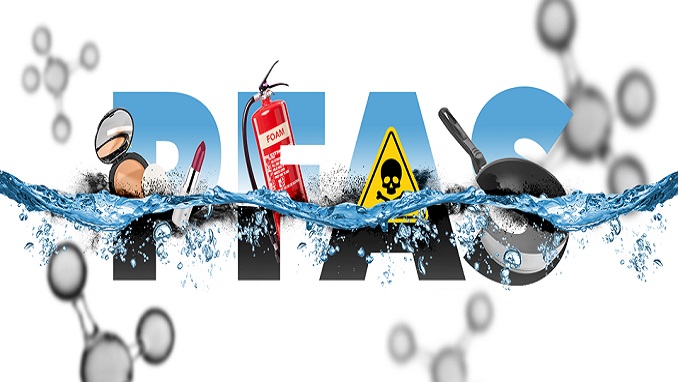
The US Environmental Protection Agency (EPA) has announced an ambitious roadmap to restrict a class of toxic chemicals that are being labeled as “forever chemicals.”
The strategy will limit pollution from a group of chemicals known as PFAS, which are now increasingly showing up in public drinking water systems, private water systems, and even food.
The compounds are associated with serious health conditions. The chemicals are used in common products such as cookware, sports clothing, carpets and firefighting foams. Once these chemicals are out there, whether in our bodies or in the environment, they last forever, hence the name, “forever chemicals.”
An EPA data set list identified more than 12,000 industrial sites across the U.S. that may be exposed to these toxic chemicals. The list includes sites that may currently be, or previously have been, handling the chemicals.
The laundry list of locations show that nearly no part of the US appears to be free from the potential risk of contamination from PFAS. The state with the worst facilities is Colorado, with an estimated 21,400 facilities.
PFAS – or per-and polyfluoroalkyl substances – are known as “forever chemicals” because, simply, they last so long in the environment. In terms of individual health and safety, they also are linked to serious health conditions, including cancer and reduced birth weight for babies.
Nonstick frying pans, water-repellent sports gear, stain-resistant rugs, fire extinguishers — the chemicals are used in countless consumer products. They’re so strong that they don’t degrade, or do so incredibly slowly, therefore remaining within the environment, or within our bodies, indefinitely.
The EPA is looking to immediately set drinking water limits for PFAS under the Safe Drinking Water Act. It will require that manufacturers of these chemicals to report on just how toxic their products really are.
PFAS will also be designated officially as a hazardous substance under the “Superfund law,” which ultimately makes companies responsible for contamination pay be responsible for the cleanup as well, whether physically or financially.
The EPA said that by enacting these new rules and limits, it will ensure that cleanups are done safely, and that polluters pay for their pollution.
These new strategies come as Congress considers new legislation to set a national drinking water standard, and to clean up highly contaminated sites, including at military bases. The bill is currently stalled in the Senate. But regardless, the EPA can act on its own without congressional action, due to how dangerous chemicals can be.




Be the first to comment